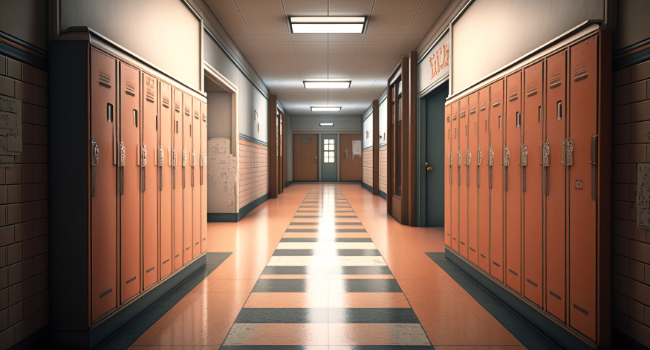
Survey: Fewer Than 20 Percent of School Leaders Consider Their Main Entrance “Completely Secure”
Singlewire Software, provider of solutions that help keep people safe and informed, releases the findings of its inaugural School Entrance Security Report, which captured responses from more than 500 school staff members across the United States. This research highlights the concerns and challenges schools are facing in securing their entrances and keeping students and staff safe from potential threats. Only 17 percent of school staff members felt that their entrances were completely secure, and multiple challenges were cited for maintaining a secure entrance, including guests not following check-in procedures (31 percent), lack of staff (30%), and no way to verify guest identities (24 percent).
“School safety starts at the front door,” said Terry Swanson, president and CEO of Singlewire Software. “With a secure entrance, schools have the opportunity to stop threats before they gain access to the building.”
The report reveals several key insights, including:
- A majority of schools are monitoring their entrances 24/7: 59 percent of school staff said entrances are always supervised and monitored, and 32 percent said entrances are monitored daily when school is in session.
- School staff are satisfied with the effectiveness of security protocols: 32 percent of respondents rated their current entrance security protocols as “Excellent,” while half (50 percent) rated them as “Good.”
- Schools heavily rely on video surveillance for entrance security: 89 percent of schools have video surveillance in place, and 43 percent are planning to purchase or upgrade video surveillance tools in the next two years.
- School staff overwhelmingly know what to do when issues arise: If there is a problem at the front entrance, 89 percent of school staff said they know how to respond.
- Communication tools play a crucial role in security: While schools are employing a wide range of technology to address security issues at the front entrance, only 1 percent of respondents said their schools do not have an established communication system in place.
“While schools are prioritizing safety at their entrances, challenges and gaps remain,” said Joanna Haugland, chief product officer for Visitor Aware at Singlewire Software. “As schools look for ways to further enhance entrance safety, proactive tools that help identify potential threats and prevent them from accessing buildings will play a crucial role in keeping students and staff safe from harm.”
To view the full findings, download the 2025 School Entrance Security Report.